5 Tips for an Eco-Friendly California Road Trip
Wherever you plan on going next in California, there’s still time to make your road trip more eco-friendly. Here are our best tips.
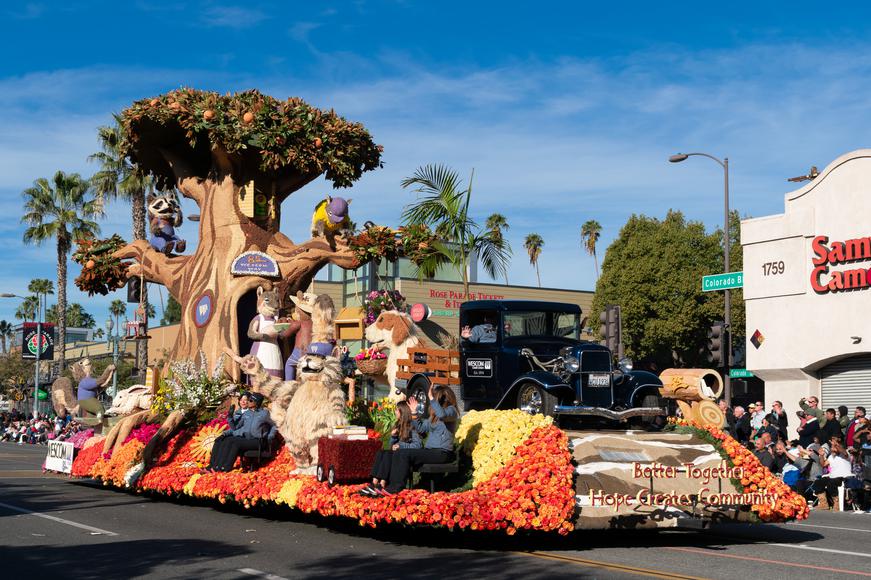
There are almost as many subcultures in California as there are microclimates—so let’s break it down, shall we?
A cultural haven, California’s traditions span decades and generations. From the rough and ready American pioneers who set up in San Francisco to the adventurers traveling from one boomtown to another in the hopes of discovering gold, there has always been a sense of possibility in the creatively fertile Golden State.
But in a state this big, one person’s idea of California may be radically different from another’s. That serene feeling you get of the Humboldt redwoods is a world away from the busy agricultural fields of the Central Valley, which in turn are miles away from the sun-kissed beaches of San Diego. There are almost as many subcultures in California as there are microclimates—so let’s break it down, shall we? Here’s our deep-dive into a few of Golden State’s cultures and celebrated traditions.
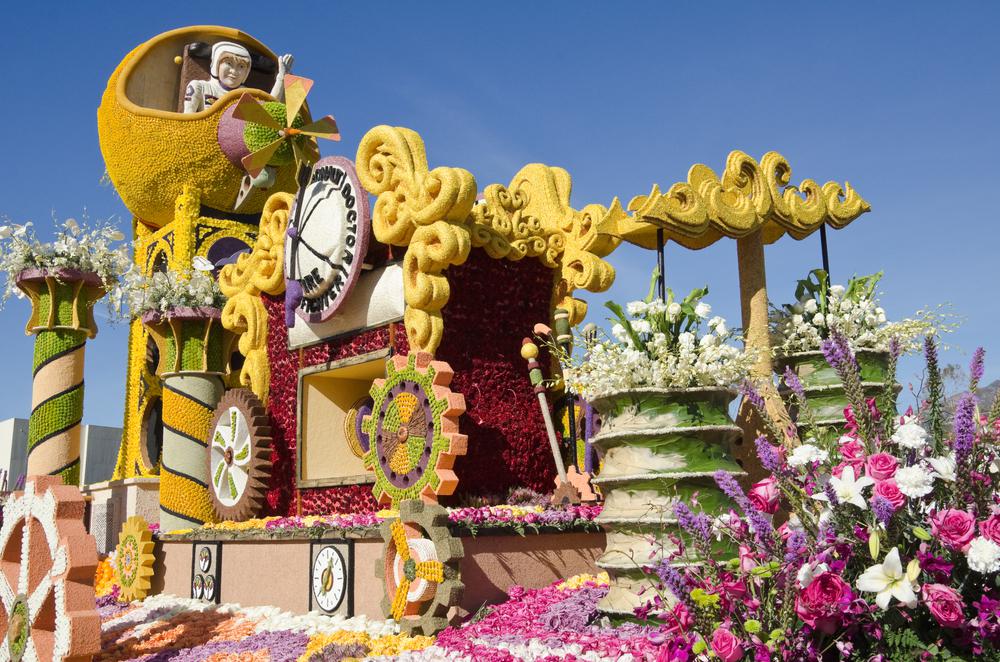
Ah, the City of Angels, one of the most dynamic cities in the world. People here hail from all walks of life, bringing their stories and culture with them and letting the city flourish to its maximum potential. And besides the world-famous attractions and entertainment centers, Los Angeles actually boasts a significant amount of annual traditions and celebrations. Here are just a couple.

Does your business rank among the best in California?
nominate a businessLearn more about our selection criteria and vetting process.
For millions of people around the world, the Tournament of Roses (also known as the Rose Parade) is an iconic New Year’s Day tradition. Traveling five and a half miles down Colorado Boulevard, the Rose Parade features four types of entries—floral-decorated floats, non-profit organizations or municipalities, equestrian units, bands, and tournament entries. Even a few days after the tournament has ended, the floral decorations can be seen gracing the city streets, making for the best January decorations for the lovely La La Land.
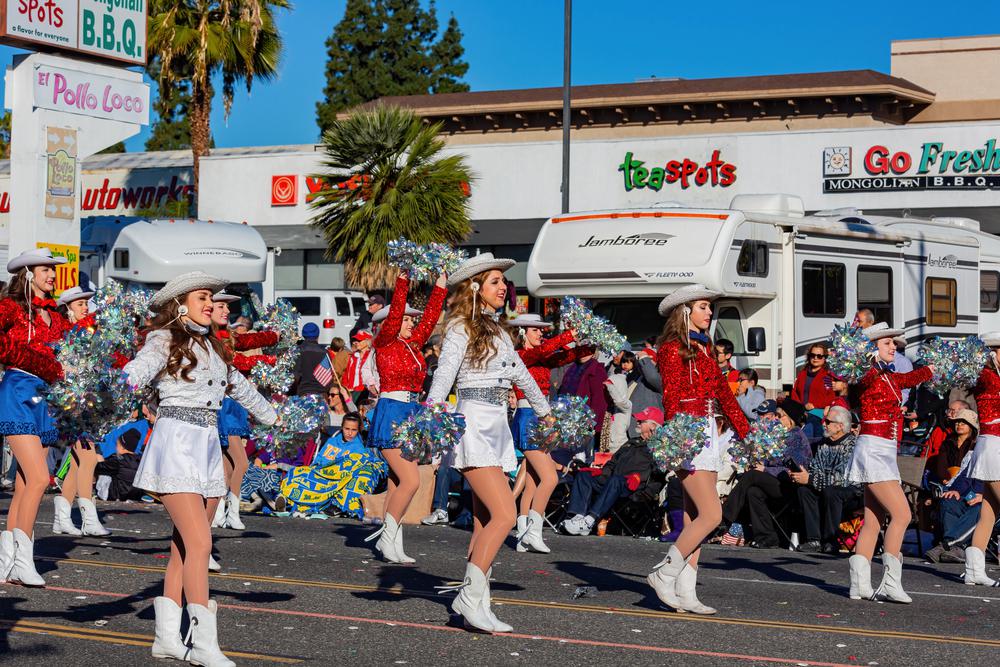
The first-ever Rose Parade was met with high excitement and even higher attendance. Around 3,000 spectators flooded the streets in hopes of seeing the beautiful, horse-drawn carriages stroll down the street, covering everything in flowers. And while nowadays—more than a century later—the parade floats are a marvel of state-of-the-art creations, they still seem to stay true to tradition, hiding all the fancy innovations behind a blanket of flowers.
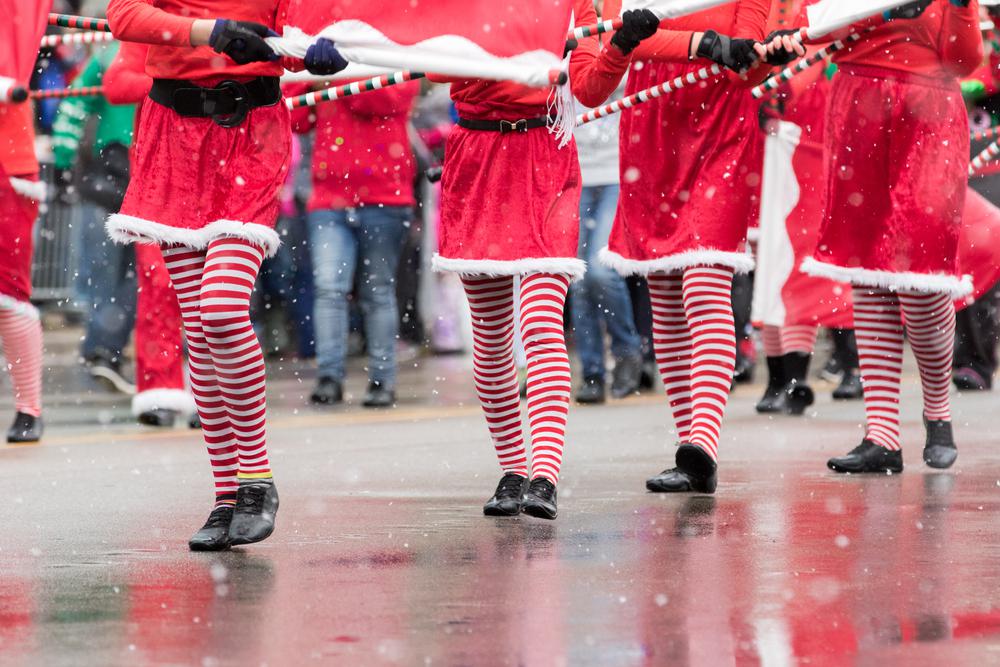
Like an Angelyne billboard on Sunset Boulevard, the Hollywood Christmas Parade is an integral part of La La Land. The nearly nine-decade-old parade is an iconic Christmas tradition in California, commencing the day after Thanksgiving. Floats, balloons, bands, equestrians, celebrities, you name it—all of these are seen riding across Hollywood and spreading the holiday spirit. After the parade takes off and the glitz of the participants’ costumes somewhat dims, a series of gastronomic and cultural entertainment begins. Local museums and art centers open their doors (often for free), restaurants take out their holiday menus, and musical numbers fill every corner of Hollywood Boulevard.

The annual Day of the Dead remembrance for departed ancestors is celebrated on downtown’s historic Olvera Street. With roots in Mayan, Pre-Columbian, and Aztec traditions, Día de los Muertos conjures images of vivid commemorations and a tight-knit community feel. The Aztecs used skulls to honor the dead a millennium before it became part of California’s culture and traditions, inspiring the skulls to become the key symbol in the six-century old celebration.
Pay a visit to the street each evening for the processions, which feature blessings, dances, treats, and face-painting. Hollywood Forever Cemetery also holds its own one-day festival on October 30th. Founded in 1899, the cemetery is one of the world’s most frequented landmarks, as well as the final resting place of hundreds of Hollywood legends, including Judy Garland, Cecil B. Demille, Mickey Rooney, Rudolph Valentino, and thousands of others.
During these ceremonies, people build altars in their homes with ofrendas, which are offerings to their loved one’s souls. Candlelight frames photos of the deceased and the items they left behind after passing. Families gather around and read letters and poems, exchange jokes while enjoying tamales, chilis, and pan de muerto; a specific bread for the occasion. Decorations are lined up by bright orange or yellow cempasuchil flowers and marigolds, whose scent helps guide the souls home.
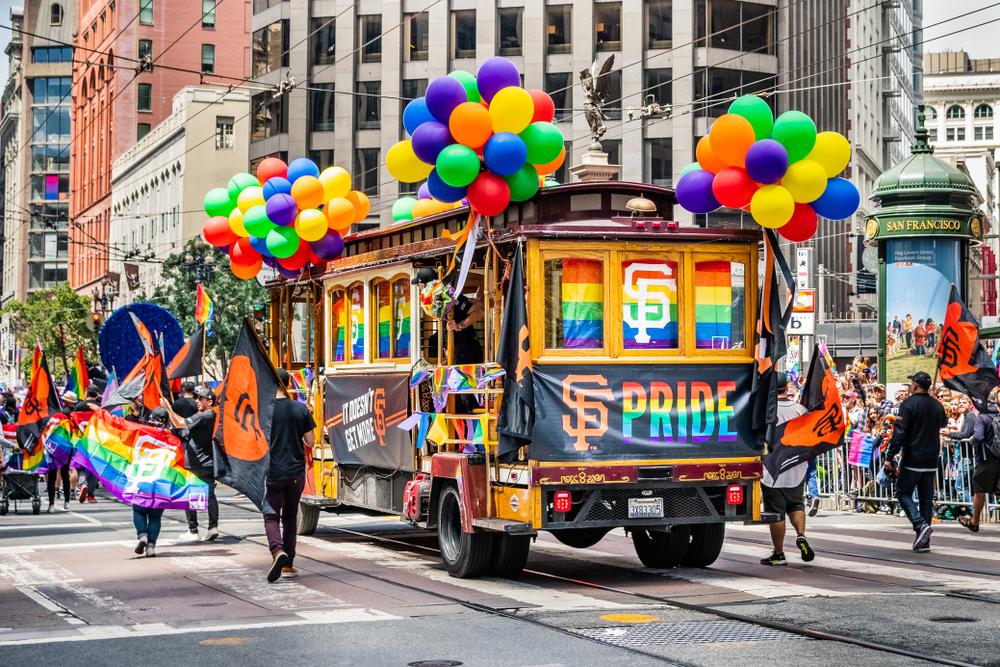
With over 200 parade contingents and exhibitors and more than a dozen community-run stages and venues, the San Francisco Pride Celebration and Parade is the largest gathering of the LGBTQIA+ community and allies in the whole United States. Loud, proud, and at times wild, the rainbow-hued extravaganza is open to all, and visitors are encouraged to dress up, have fun, and join the celebration.
In a city that’s long embraced equality, love, and expression, San Francisco is the perfect setting to uphold this tradition. And while there are events throughout Pride Month that technically qualify as a celebration, it all culminates with the final weekend when up to a million people flock to this event for the most exhilarating and positive vibes.

When Maulana Karenga—a professor of Black Studies at California State University, Long Beach—witnessed the tragedy of the Watts Riot in Los Angeles, he sought to create a seven-day non-religious holiday we now know as Kwanzaa. Aiming to create a sense of community for African Americans everywhere, the holiday’s name derives from the phrase matunda ya kwanza, which translates from Swahili to ‘fruits of the harvest’.
Running from December 26 through January 1, Kwanzaa operates within the seven principles of African heritage that stress communitarian values. These principles are Unity (Umoja), Self-Determination (Kujichagulia), Collective Work and Responsibility (Ujima), Cooperative Economics (Ujamaa), Purpose (Nia), Creativity (Kuumba), and Faith (Imani).
Each day of the holiday, celebrants greet each other by saying Habari Gani?, meaning “What’s the news?” Those who are greeted respond with the principle of the day, opening up the topic for discussion and reflection. Typical Kwanzaa decorations like baskets, flags, and mats are usually painted black, red, and green, while libations are shared through a communal cup around the African feast known as karamu.
What are your favorite California traditions? Let us know in the comments below.

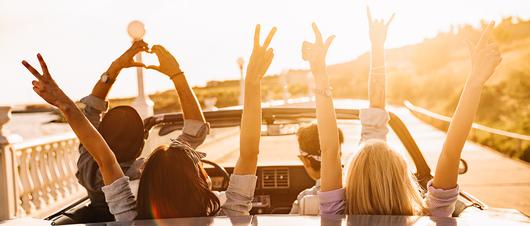
Wherever you plan on going next in California, there’s still time to make your road trip more eco-friendly. Here are our best tips.
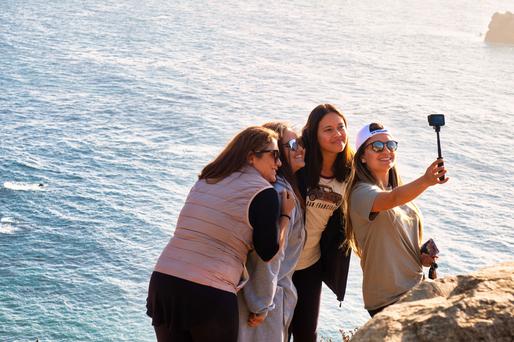
Explore California's top 7 spring photoshoot spots for Instagram-worthy snaps, from poppy fields to coastal cliffs.

Relive unforgettable California sports moments and memories that have left a lasting impression on fans and inspired future generations.

Impress your date and allow the City of Angels to be the perfect backdrop for your romance with these first-date ideas.

